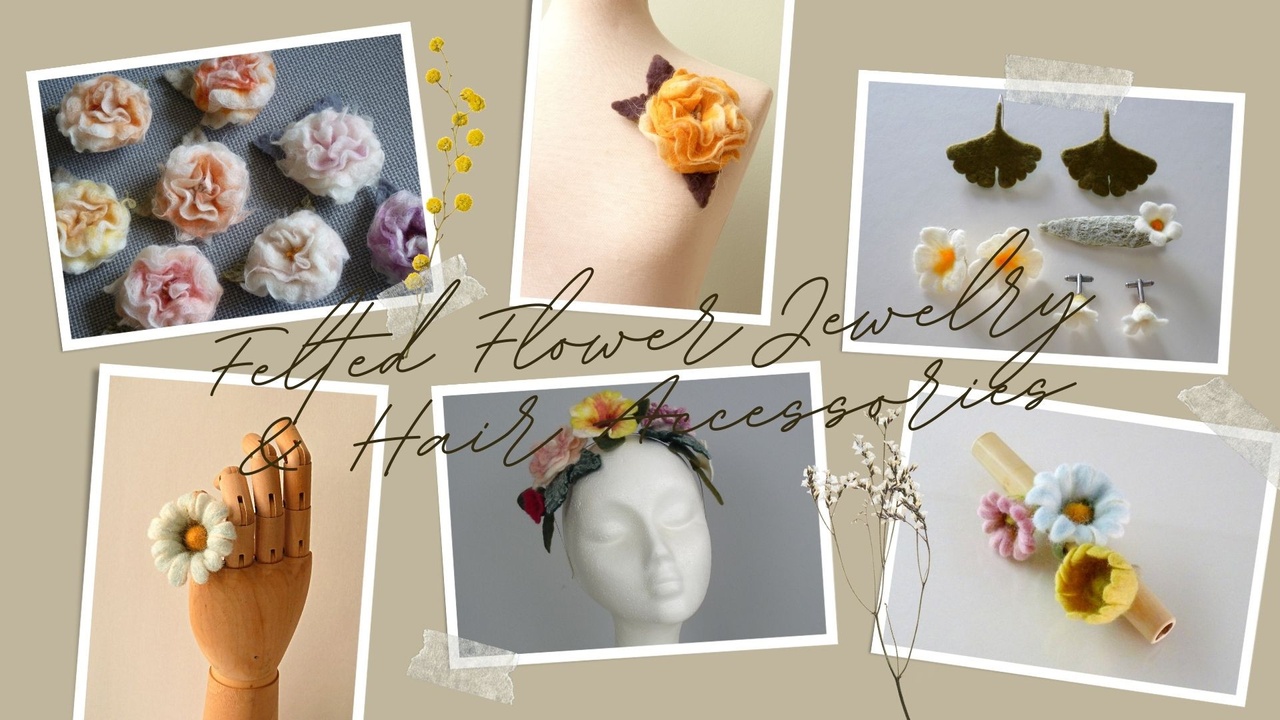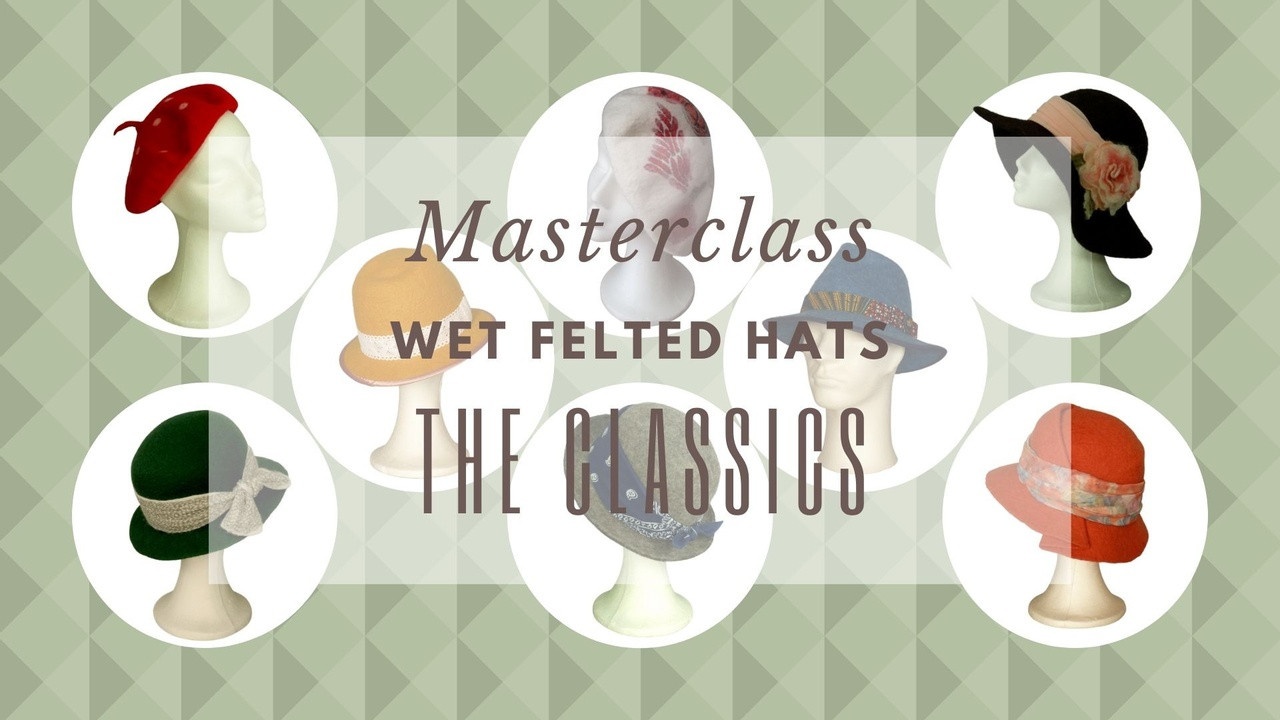The Dodo Blog
We know that the amount of shrinkage in wet felting depends on many variables. Among the most important are:
- The wool type: breed, microns, fiber length. Fine wool shrinks more than coarser wool.
- The number of wool layers: if they’re odd or even, how many you lay. Also, thin layers shrink more t ...
Are you having issues making the edges of your felted projects straight and neat? I know, that’s one of the challenges for us felt makers.
Of course, it’s always possible to cut the felt and heal the edges. But it doesn’t look as nice.
Besides, sometimes, the reason why our felt doesn’t have neat ...
As you know, wet felting has a long History. But it’s also true that some of the most incredible advancements only happened in the last decades.
After wet felting was rediscovered as a promising material for designers sometime in the 80s, people of all backgrounds have picked it up and reshaped it ...
A good wool layout is essential for many reasons. It’ll give your work stability, and it’ll guarantee your felt is even. It’s also the secret to a fine drapable piece with a beautiful finishing.
Here’s a video showing you exactly how to create the perfect layout. If you don’t feel confident with th...
The NEW online course "Felted Flower Jewelry & Hair Accessories" is now open for registration.
The class begins next Saturday and has a duration of 2 weeks. As usual, you have lifetime access to the course, including all updates, with no extra charge.
If it sounds interesting to you, just click th...
After finally relaxing from the experience of confinement and COVID, I returned to work at the beginning of September. My 2 weeks break took me to the Camino de Santiago - the Camino Frances - where I was surrounded by Nature and quiet.
Maybe that's what made me want to start felting flowers again ...
If you're following my Instagram account, you know that I've been sharing photos of my new baby items for some time :)
The idea of creating more felted pieces for kids has been on my mind for long. I just think it's the perfect medium for babies: soft wool and silk, natural non-toxic fibers, enviro...
Just wanted to let you know you can enroll for the Wet Felted Hats Masterclass from May 15th to May 19th.
The course will start May 22nd and will have a duration of 8 weeks.
If you've been wanting to improve your hat felting skills, stay tuned for the details tomorrow :)
Talk soon!
Vanda
As you might know, I created a new course recently: the Wet Felted Hats Masterclass for all of you who’d like to refine your hat making skills.
There was a first edition in February/March, which I launched as a test course. I had built a base structure and invited people to join as Founding Members...
When I first started wet felting, there where no YouTube videos and barely any books on the subject. I bought everything I could get my hands on and started experimenting. But most things on the market were very simple. So, for the most part, I learnt through trial and error.
One of the topics that...
I often get questions about felting in the comment section of my YouTube channel. Yesterday, one came up that I thought deserved a longer answer. Since it’s a frequently asked question, it made sense to me to write a blog post on the topic.
Here’s what Kathleen McKinney wanted to know: “How do you ...
After nearly 4 weeks of the Wet Felted Hats Masterclass, the course has grown considerably.
I’ve been creating short online felting courses since 2016 but planning a masterclass with the goal to cover all the possible challenges you might have when felting a classic hat, drawing patterns with the r...




